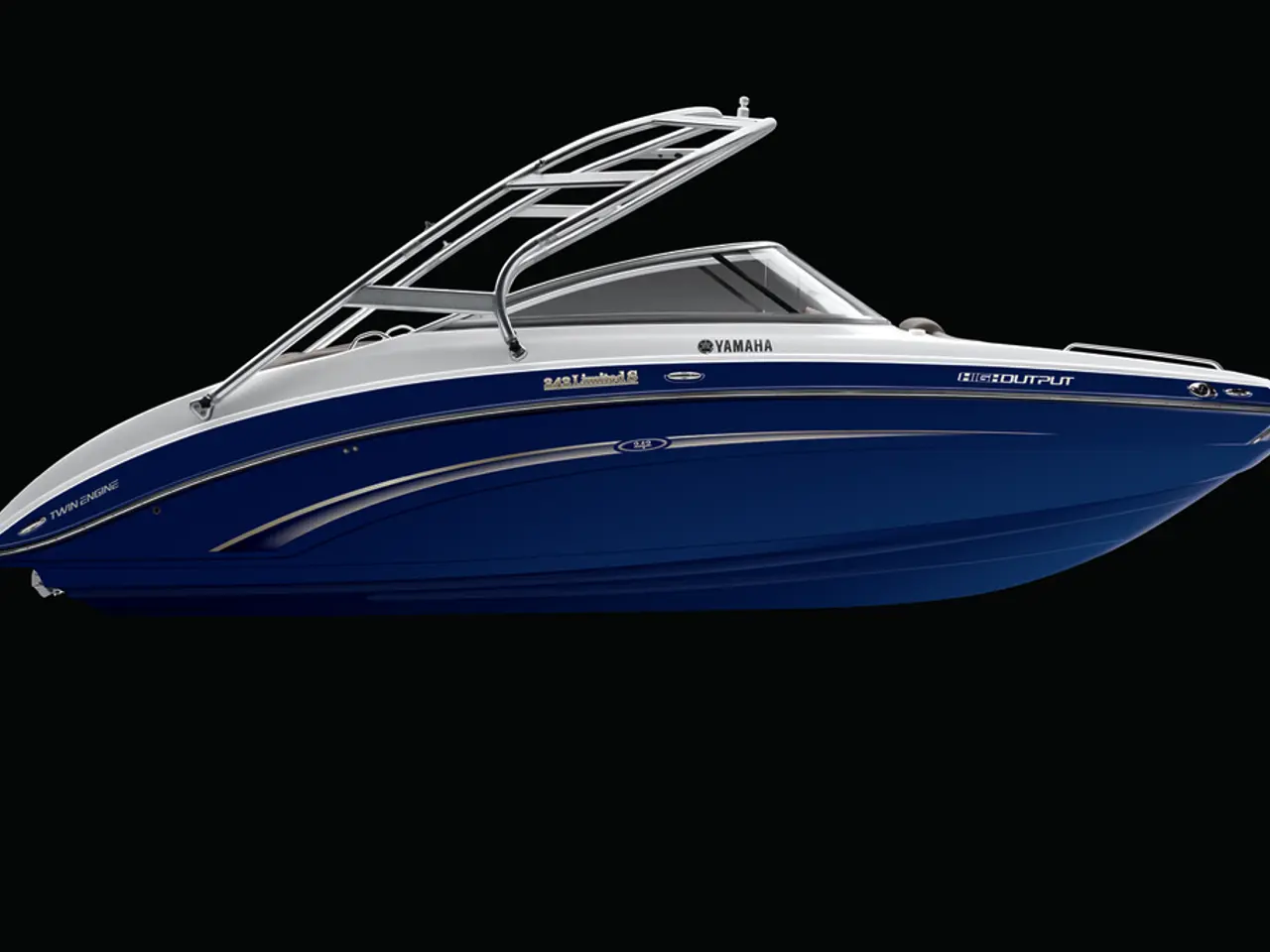Top-tier Autopilot System for Transatlantic Flights
In the most recent series of World Cruising Club (WCC) rallies, over 250 vessels embarked on an Atlantic adventure. Among the participating yachts, every vessel in the series was equipped with an electronic autopilot, a testament to their growing reliance on technology.
The majority of skippers were pleased with their autopilot control units, head, and display, with 67 rating them a perfect 5 out of 5, and 112 giving them a 4 out of 5. However, not all windvane systems received the same praise. Some skippers reported issues with zigzagging or steering off course, particularly in strong winds or when the wind was coming directly from behind.
Jonathan Walmsley, the skipper of the British-flagged 1988 Fountaine-Pajot Maldives 32, was one of the fortunate few who didn't encounter any issues. He carried two complete spare autopilots, but he didn't need to use them.
Not all vessels were so lucky. Seventy-five boats reported problems with their autopilots, with drive unit problems making up 45% of the issues encountered. The hydraulic drive unit, computers, and sensors of the autopilot on Optimistic, a UK-flagged Jeanneau Sun Odyssey 45DS, worked perfectly for 22 hours per day, but the skipper reported problems with the Hydrovane.
The Hydrovane rudder of Optimistic broke on day two of leg one and was repaired in Cape Verde, but it snapped in half on day two of leg two. The skipper of Optimistic praised Hydrovane's customer service but concluded that the Hydrovane 'cannot cope with big waves'.
Other skippers, like Paul Cook, the skipper of Esti, a 1996 Moody 44, were very impressed with their recently installed Raymarine ACU-400 with hydraulic ram. Monohulls made up the majority of yachts fitted with windvane self-steering, but there were two catamarans using them.
Just under 55% of respondents used Raymarine control units for their autopilot equipment, 34% used B&G, and Garmin was the third most popular option. Paolo Santagiuliana, the skipper of the Neel 51 trimaran Chica 3, found that the sensors feeding data to his B&G drive unit via a H5000 CPU resulted in 'very frequent ROUTE OFF' messages.
Some skippers referred to their autopilots as people or crewmembers with foibles and idiosyncrasies. Klas Gunnar Johansen, the skipper of the 2001 Jeanneau Sun Odyssey 52.2 Blue Sunshine, reported 'two downwind sails ripped in the squalls and acceleration zones off Cape Verdes, plus the autopilot failed, as did the radar'.
Despite the challenges, the most used autopilot manufacturers in the ARC fleet in 2021 were Raymarine and Garmin. Willem Henry Spek, the skipper of the 2008 Bavaria Vision 44, was glad to have both autopilot and windvane self-steering on board.
Despite the occasional hiccups, the reliance on autopilots and windvanes in the WCC rallies is a testament to their growing importance in modern yachting. As technology continues to evolve, it's likely that these systems will become even more integral to the sailing experience.







